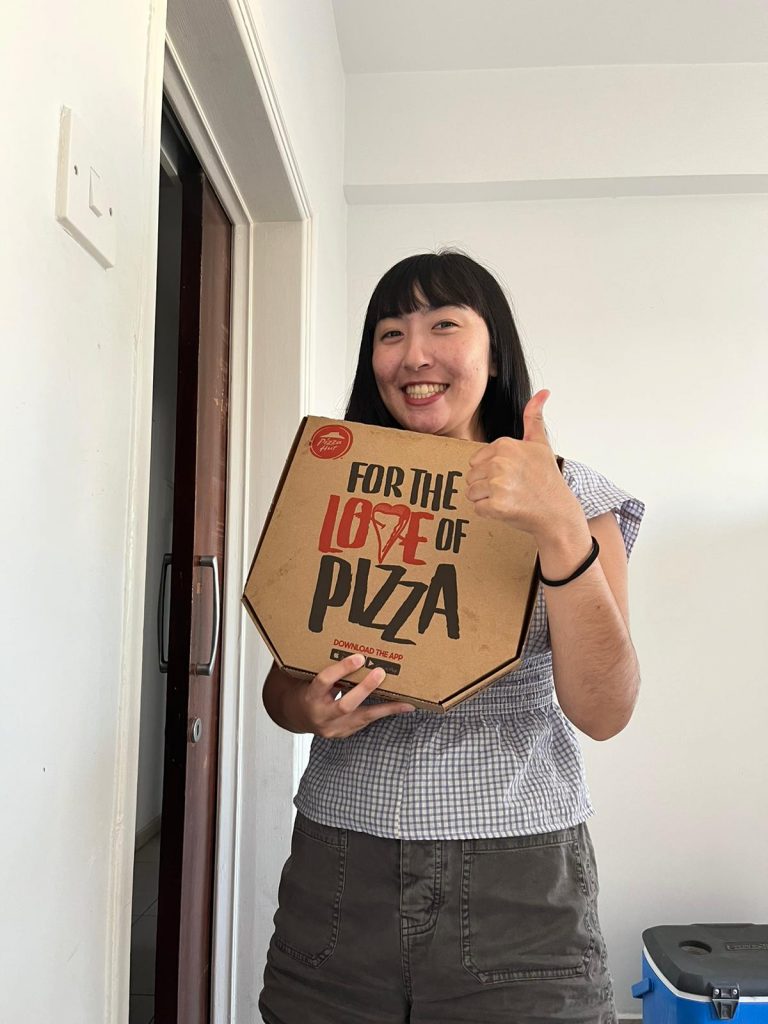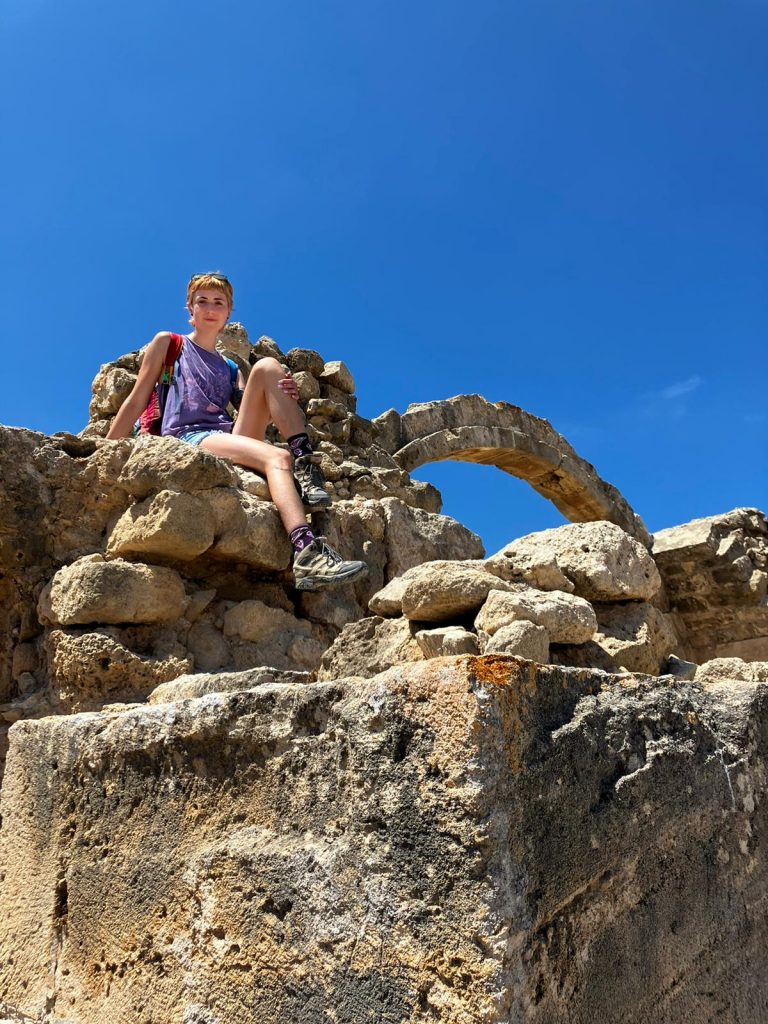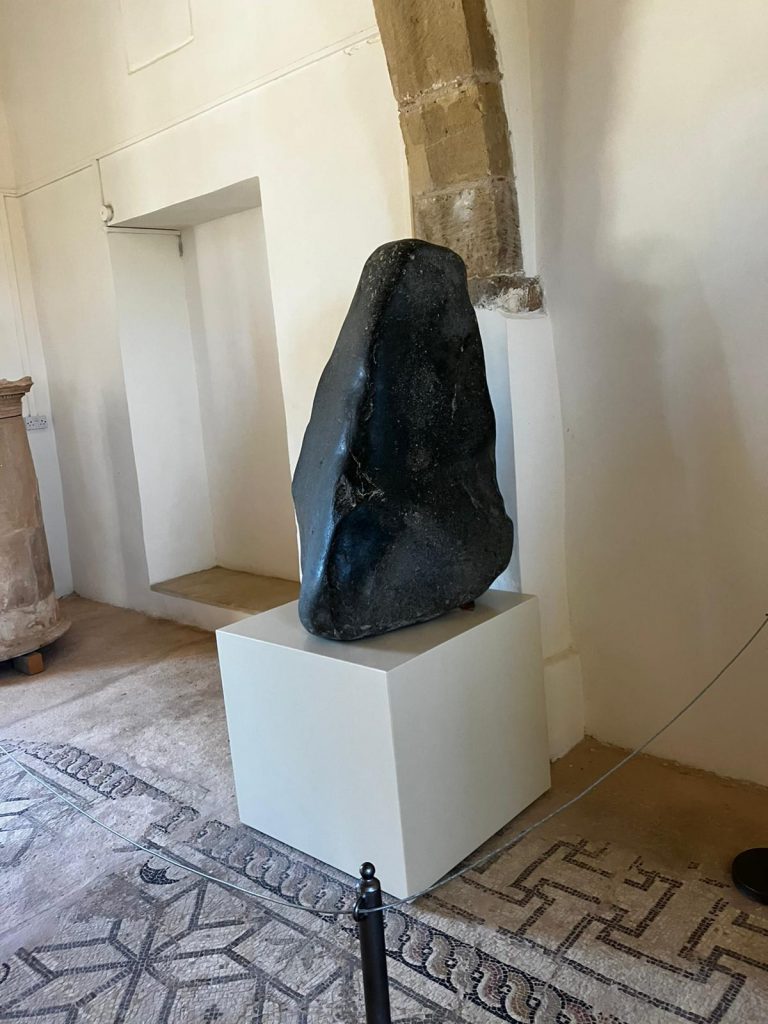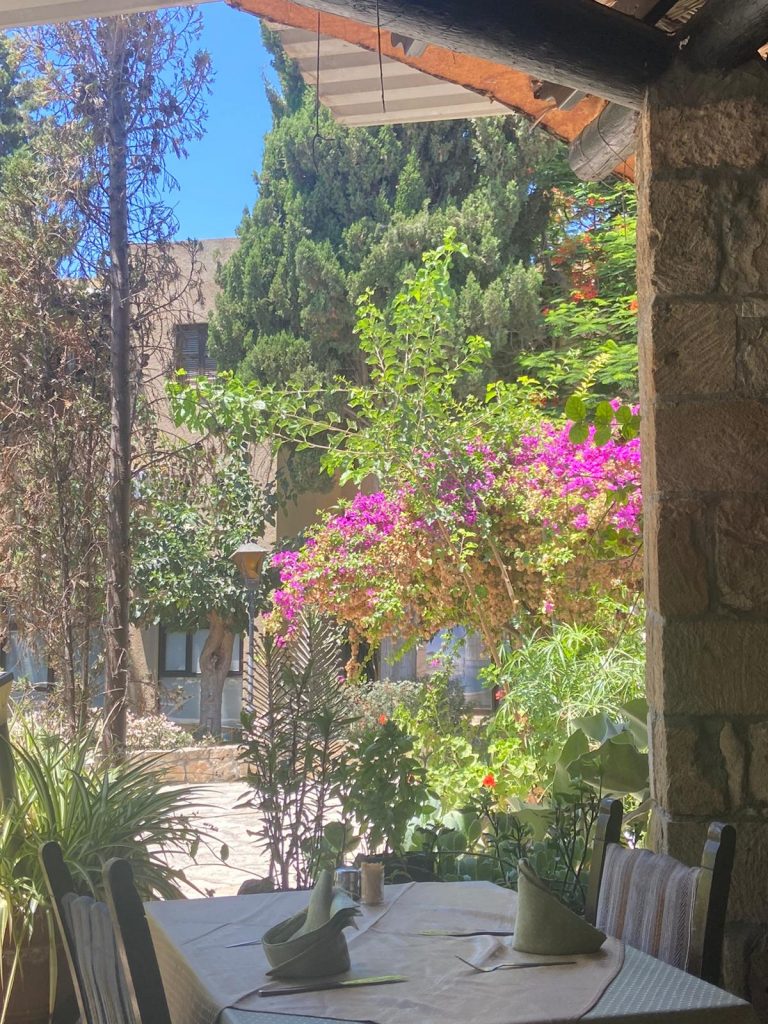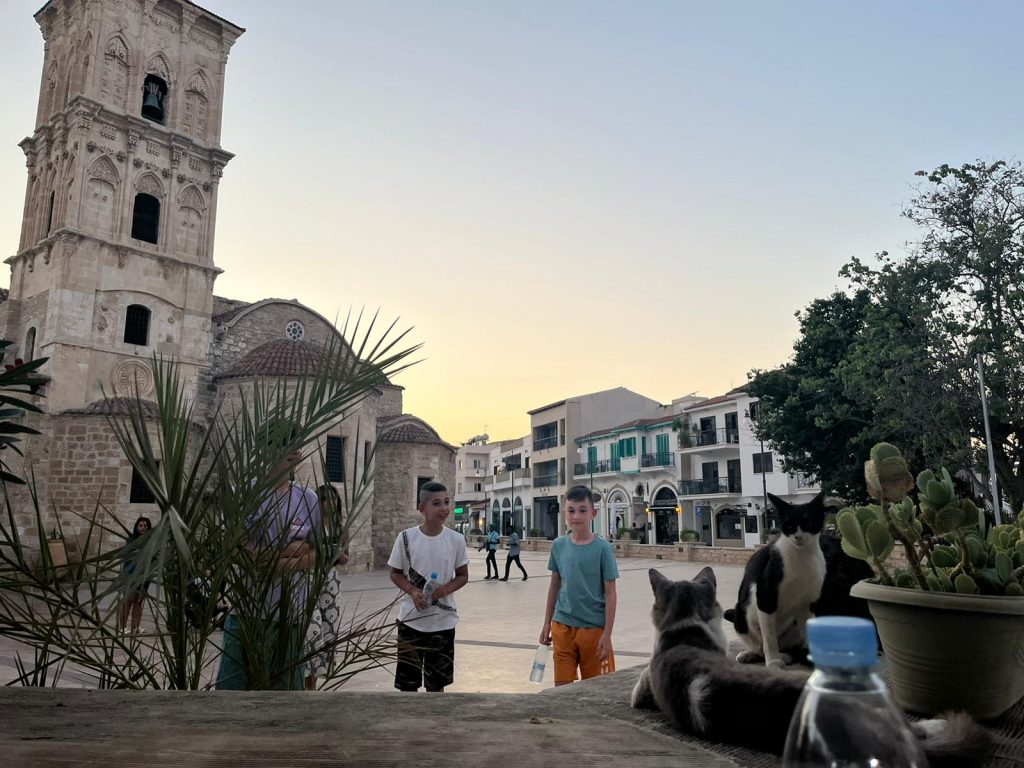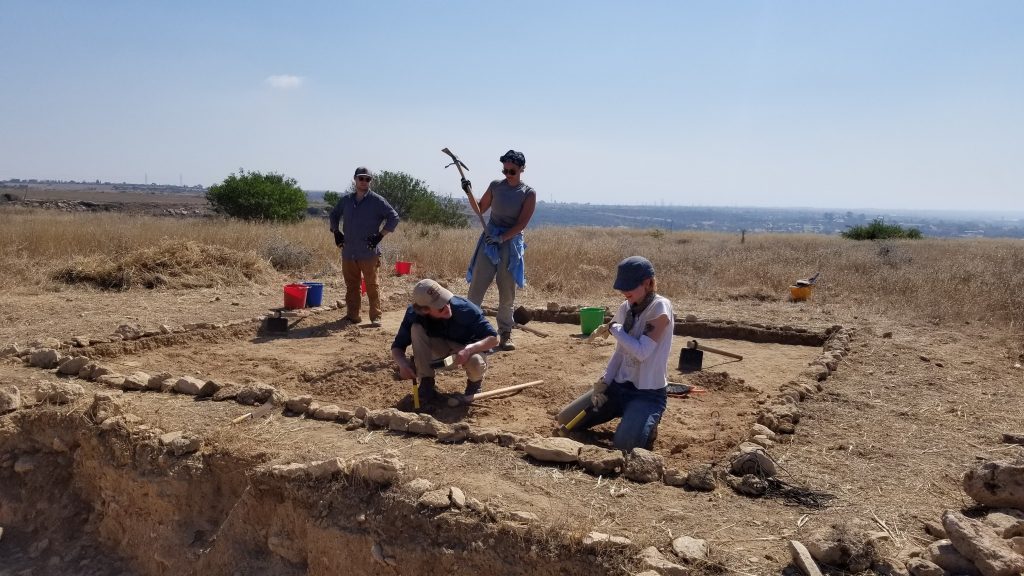(Guest post by Alisa MacDonald)
Today was our last day of excavation and it is rather bittersweet. Although we had to wake up at four in the morning to be up at site just as the sun rose, it was a pleasant experience because I had not watched the sunrise in almost a decade and here in Cyprus I was able to watch it every morning. As we woke before the rest of Larnaca, and just as some were going to sleep, the bustling beach town that was sweltering throughout the day was tranquil and peaceful. Before going up to the site, there is always a stop at Zorba’s, everyone’s favorite bakery that is open at all hours of the day and carries more tasty pastries than you can dream of. Finally, after possibly falling back asleep on the short car ride to the site, we would arrive on site in a shroud of darkness. We would get to work before dawn in the trenches and watch in awe as the sun rose and filtered in beautiful morning daylight, golden beams of light, perfect for picture taking. Watching the sunrise was beautiful, as soft rays of light made the different stratigraphic units of our trenches clearer and with the sea down the cliff to the south of us, there was nothing that could be more serene than the beauty of the nature and moment which made all issues and worries wink out of existence, even just for a moment, as the stars did with the arrival of morning light.
The team worked closely together on site, but after we finished excavating for the day there were plenty of fun moments that we spent together. Some would take to the beach, a short walk away from our apartments, while others would stop by the local grocery store, Super Discount Store, to stock up on food after tiring mornings on site. Many would fit in an afternoon nap somewhere, at the beach or apartment, or my personal favorite, the couch, and at dinner time come back together either to go out and put a poor restaurant into panic with our large group, or to cook in the kitchen together. Some nights home made meals were cooked among us and shared while other nights we each made our own thing, or for me reheating some left over Pizza Hut, which Cyprus does really well. After dinner, we would cram our tired bodies onto the two couches in our apartment and connect a laptop to the television for a group movie night. Most movies we watched were related to archaeology such as The Mummy, Holes, and Indiana Jones, but others we watched for pure enjoyment and nostalgia such as Howl’s Moving Castle and Atlantis. Some would nod off during the movie, after such a long day, but by at least ten o’clock the movie would be over and we would be rushing to bed in order to have enough rest for another morning of excavation, but also out of pure exhaustion. Cyprus, with your peaceful mornings, sweltering heat, and amazing Pizza Hut, you have my heart.
